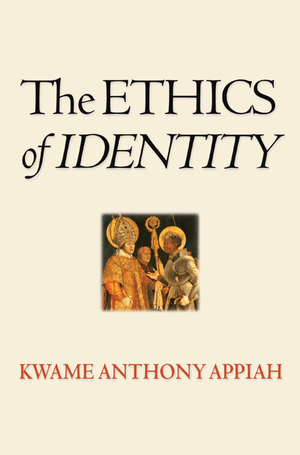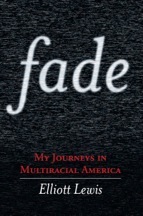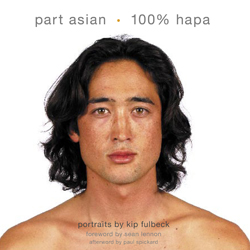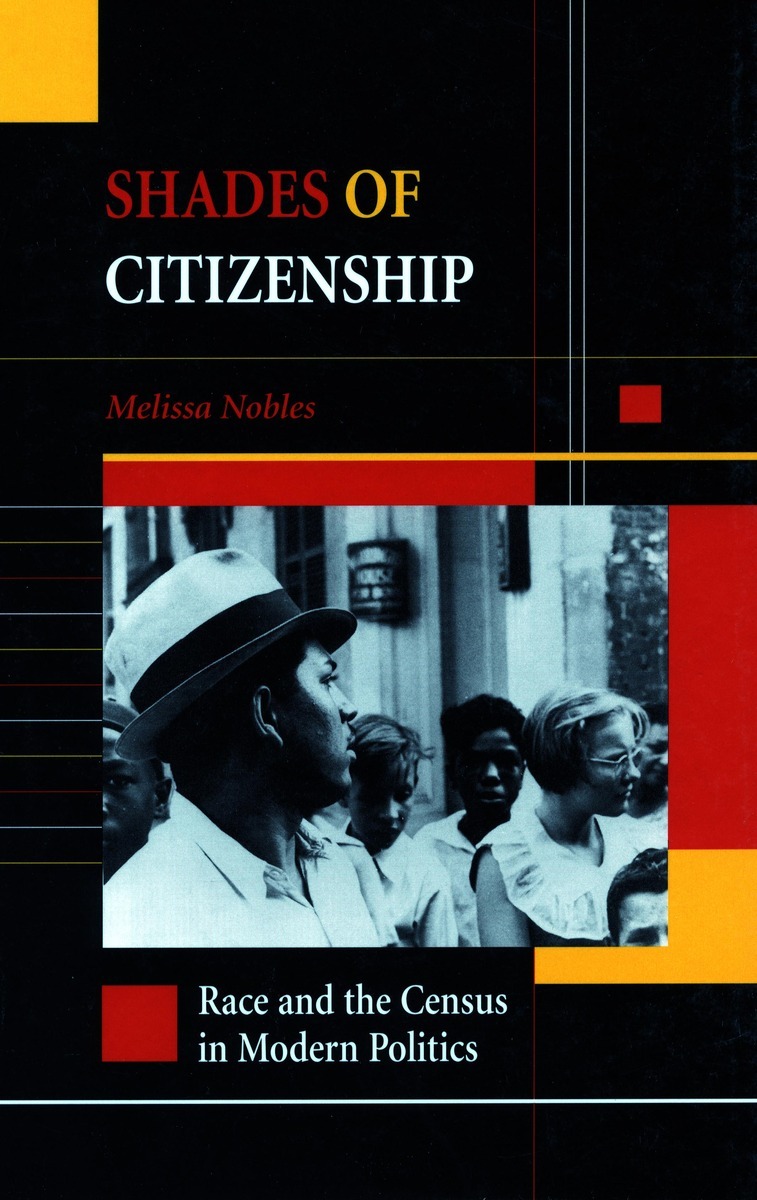Brown Skinned White Girls: class, culture and the construction of white identity in suburban communitiesPosted in Articles, Identity Development/Psychology, Media Archive, Social Science, United States, Women on 2010-01-05 22:51Z by Steven |
Gender, Place & Culture
Volume 3, Issue 2
July 1996
pages 205 – 224
DOI: 10.1080/09663699650021891
France Winddance Twine, Professor of Sociology
University of California, Santa Barbara
Feminist scholars theorizing about whiteness and white identity have not examined the pivotal role that middle-class material privilege, residential segregation and US consumer culture play in the social construction of a racialized cultural identity among the African-descent daughters of Asian-American and European-American mothers. There is a dearth of empirical research by feminist scholars which interrogates the shifts in a racialized gender identity which follow from the interaction between class status, ideological communities and residentially segregated communities. The nascent body of social science scholarship on white identity has assumed that a ‘white’ identity is available only to individuals of exclusively European ancestry. This paper provides a specific case-study of African-descent girls, who have been culturally constructed as ‘white’ girls prior to puberty, only to later construct a non-white ‘black’ or ‘biracial’ identity after moving to a different residential, cultural and ideological community-the Berkeley campus of the University of California. Drawing upon transcripts from 16 taped interviews with African-descent university students, who were attending the University of California at Berkeley, this paper delineates the specific cultural conditions under which a racially neutral or ‘white’ identity is acquired, constructed, and then reconstructed by a segment of the African-descent community, the daughters of Asian and European-American women in economically privileged households in suburban communities.
Read or purchase the article here.



